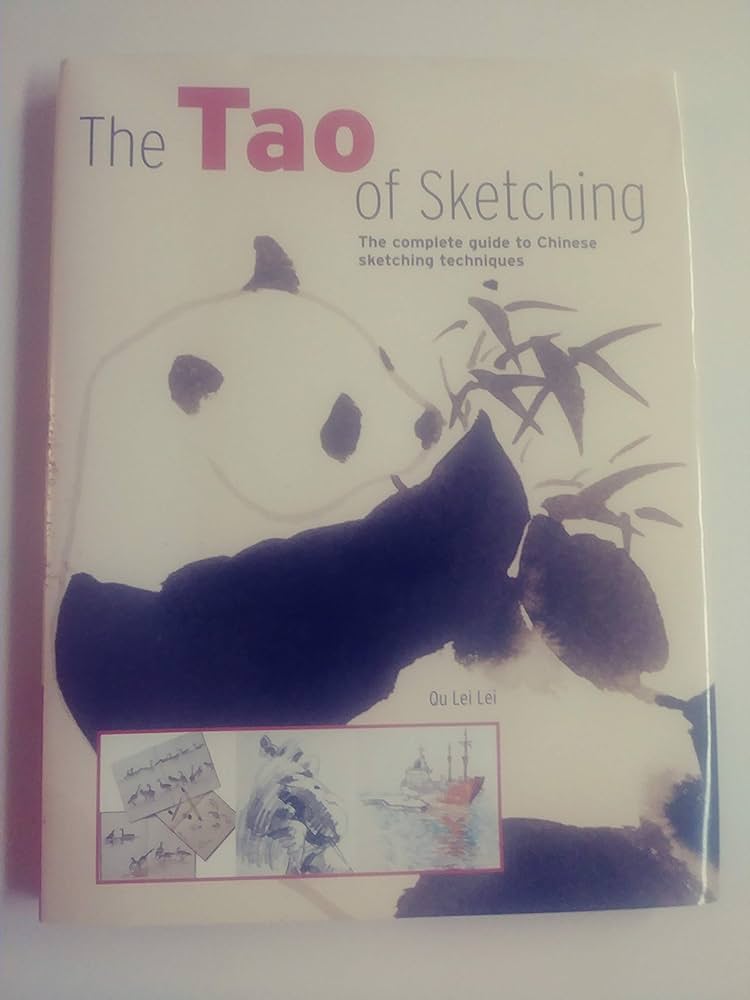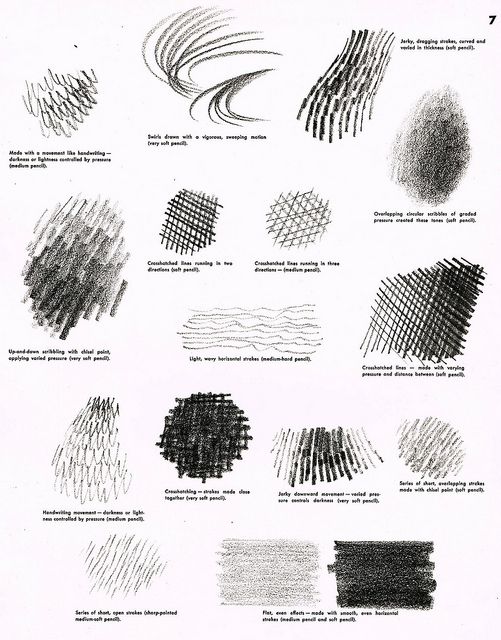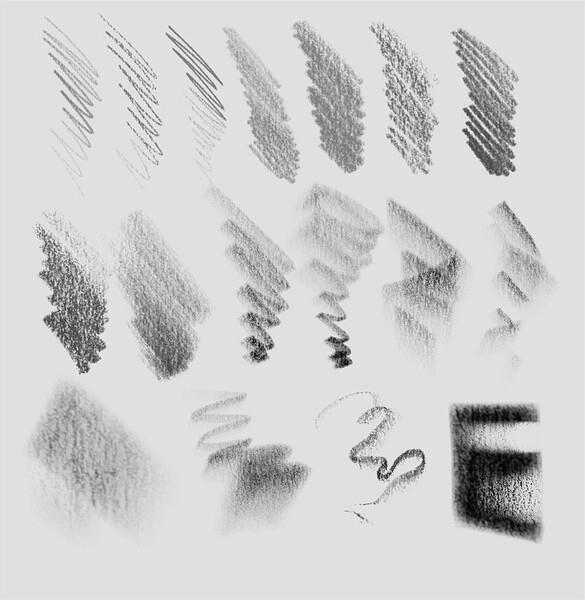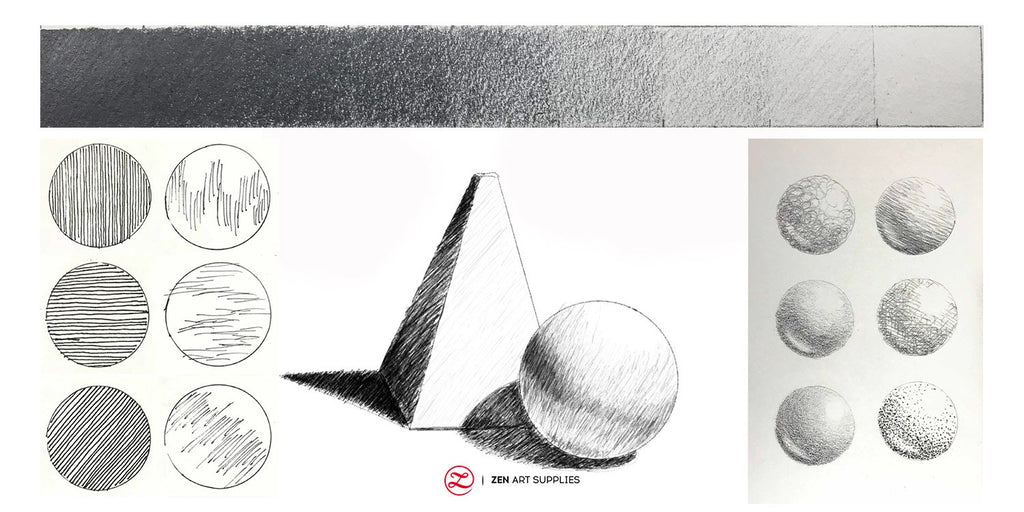
In today's competitive world of art, mastering the art of life drawing is essential for any aspiring artist looking to elevate their sketching skills.
This article delves into the intricacies of life drawing, providing an analytical, informative, and detailed approach to help artists of all levels hone their abilities.
From choosing diverse subjects to mastering proportions and utilizing contour lines, this comprehensive guide offers valuable techniques and insights to empower artists in their pursuit of creative freedom.
Choosing Diverse Subjects
Selecting a wide range of subjects can enhance the depth and breadth of your life drawing skills. By selecting models from different ethnic backgrounds, genders, body types, and ages, you can challenge yourself to capture the unique nuances and characteristics of each individual. This not only helps you develop a more comprehensive understanding of human anatomy but also promotes a sense of inclusivity and appreciation for the diversity of the human form.
Exploring inclusive representation and cultural diversity in your subject choices can greatly enrich your artistic experience. Drawing diverse subjects allows you to explore different skin tones, facial features, and body proportions, enabling you to expand your artistic repertoire and create a more authentic portrayal of the world around you. Embracing cultural diversity in your life drawing practice opens doors to new perspectives and narratives, fostering empathy, understanding, and artistic growth.
Thorough Observation Techniques
Developing keen observation skills is essential for mastering the art of life drawing. To accurately capture the human form, artists must learn to observe and understand the subtle nuances of gesture and movement.
One technique that aids in this process is gesture drawing, which involves capturing the basic essence and flow of a subject's pose in a quick and spontaneous manner. By practicing gesture drawing regularly, artists can train their eyes to quickly analyze and interpret the dynamic qualities of a pose.

Additionally, mastering shading techniques is crucial for creating depth and volume in life drawings. Artists must learn to observe the way light interacts with the subject, identifying areas of highlight and shadow, and skillfully replicating these tonal variations on paper.
Developing thorough observation techniques empowers artists to accurately depict the human form in their life drawings.
Preliminary Sketching Methods
With a solid foundation of observation techniques, artists can now delve into the realm of preliminary sketching methods to further refine their life drawings. Preliminary sketches serve as the initial rough drafts, providing artists with an opportunity to explore and experiment before committing to a final piece.
One popular technique in preliminary sketching is gesture drawing, which involves capturing the essence and movement of the subject with quick, loose strokes. This technique allows for a sense of freedom and spontaneity in the artwork.
Additionally, artists can enhance their preliminary sketches by experimenting with different mediums. By trying out various tools such as charcoal, graphite, or ink, artists can discover which medium best suits their style and desired outcome.
These preliminary sketching methods provide artists with the freedom to explore and refine their ideas before creating a final masterpiece.
Mastering Proportions
Perfecting the measurement and placement of body parts is essential in mastering proportions in life drawing. To achieve accurate proportions, artists employ various measuring techniques that allow them to accurately determine the relationships between different body parts.

One commonly used technique involves using the head as a unit of measurement, where the entire body is divided into a certain number of heads. This method helps artists maintain consistency and balance in their drawings.
Additionally, foreshortening techniques are crucial for capturing the illusion of depth and perspective. Foreshortening involves drawing objects or body parts that are closer to the viewer as shorter or compressed, creating a sense of depth and three-dimensionality.
Utilizing Contour Lines for Impact
One effective way to enhance the visual impact of your life drawings is by utilizing contour lines. Contour lines are the lines that define the shape and form of an object or figure. By using them strategically, you can create drawings that are dynamic and expressive.
Here are three ways to utilize contour lines for maximum impact:
Bold and Confident Lines: Use strong and confident strokes to outline the main features of your subject. This will create a sense of energy and movement in your drawing.
Varied Line Weight: Varying the thickness and darkness of your contour lines can add depth and dimension to your drawings. Experiment with different pressures to create a range of line weights.
Emphasize Curves and Silhouettes: Contour lines are particularly effective in capturing dynamic poses. Use flowing lines to highlight the curves and contours of the human body, emphasizing the movement and fluidity of the figure.

Frequently Asked Questions
How Can I Overcome the Challenge of Drawing Complex Body Poses?
To overcome the challenge of drawing complex body poses, one must focus on overcoming frustration and practicing dynamic poses. By honing observational skills, studying anatomy, and experimenting with different techniques, artists can achieve greater freedom and mastery in life drawing.
What Are Some Tips for Capturing the Essence and Personality of a Subject in Life Drawing?
Capturing the essence and personality of a subject in life drawing requires understanding proportions and capturing emotions. By studying the subject's body language, facial expressions, and gestures, artists can convey their unique qualities on paper, creating a sense of freedom and authenticity.
Are There Any Specific Exercises or Warm-Up Techniques That Can Help Improve Life Drawing Skills?
Gesture drawing techniques and warm-up exercises are essential for improving life drawing skills. They help artists develop a better understanding of proportions and anatomy, allowing them to capture the essence and personality of their subjects with greater accuracy and skill.
How Can I Effectively Incorporate Shading and Texture in My Life Drawings?
Exploring different shading techniques in life drawing allows for the effective incorporation of shadows and highlights, adding depth and dimension to the artwork. Additionally, incorporating texture through various mark making techniques enhances the realism and tactile quality of the drawings.
Are There Any Recommended Resources or References for Further Study and Practice in Life Drawing?
When seeking to further study and practice life drawing, it is beneficial to explore recommended resources that offer guidance and techniques. These resources provide valuable insights and exercises that can enhance one's skills and understanding of the art form.
 Writing TipsCreative WritingJournalingSketching TechniquesBuying GuidesPrivacy PolicyTerms And Conditions
Writing TipsCreative WritingJournalingSketching TechniquesBuying GuidesPrivacy PolicyTerms And Conditions
